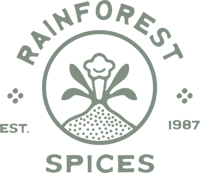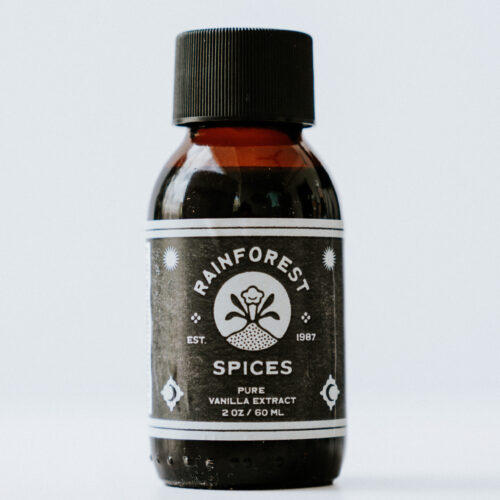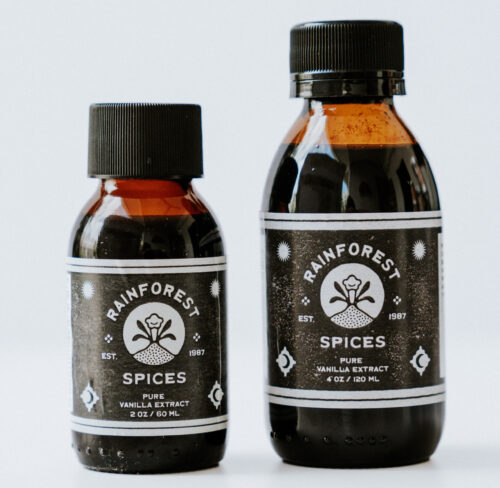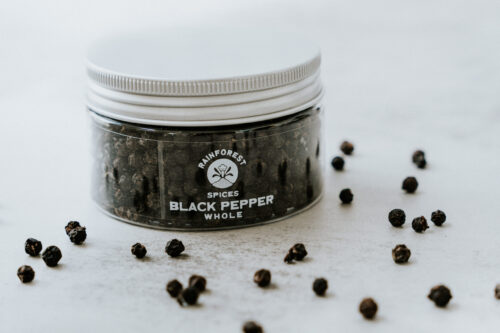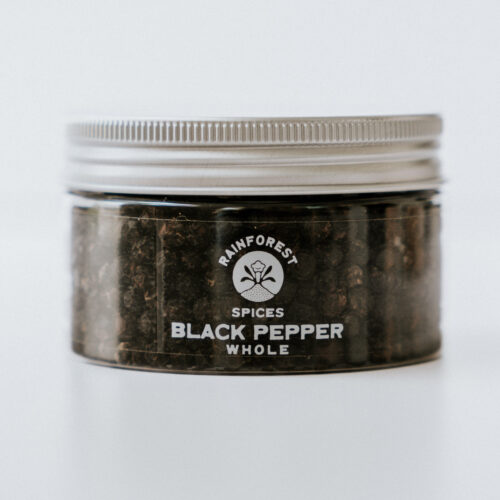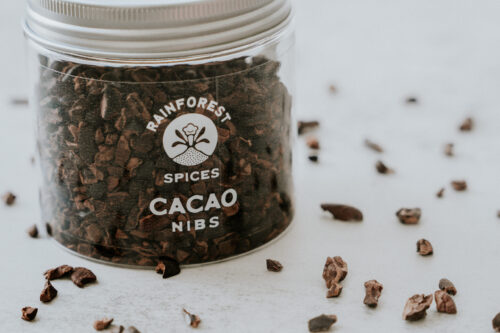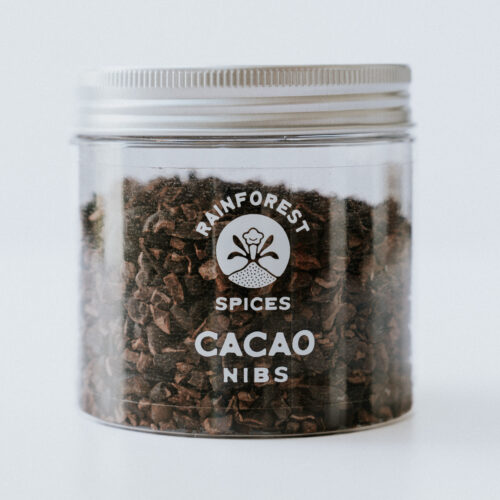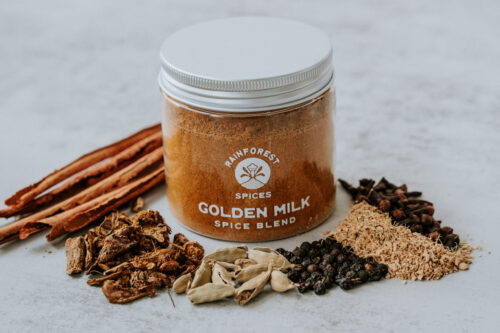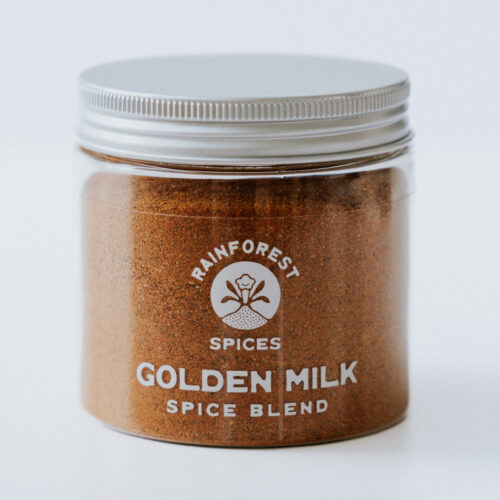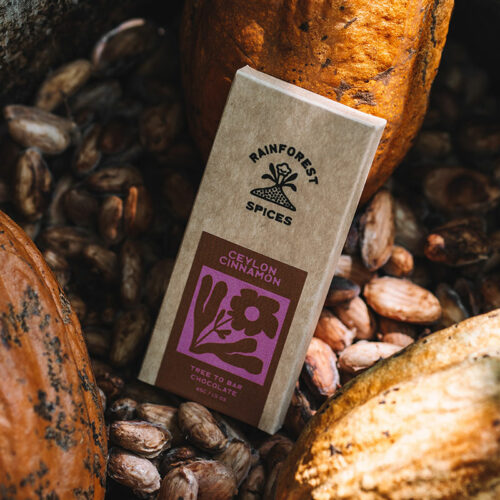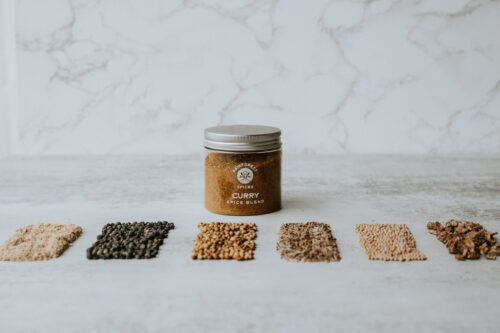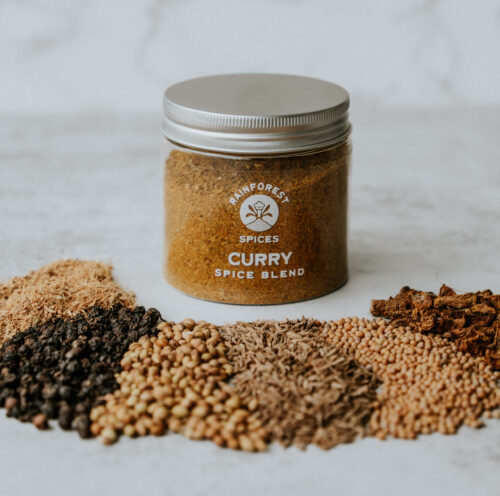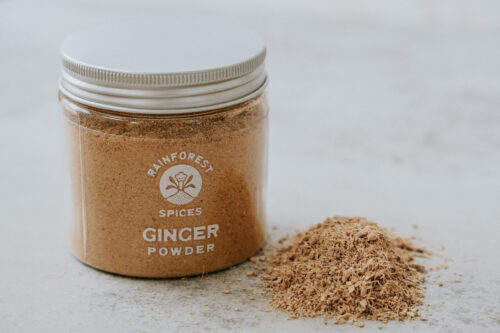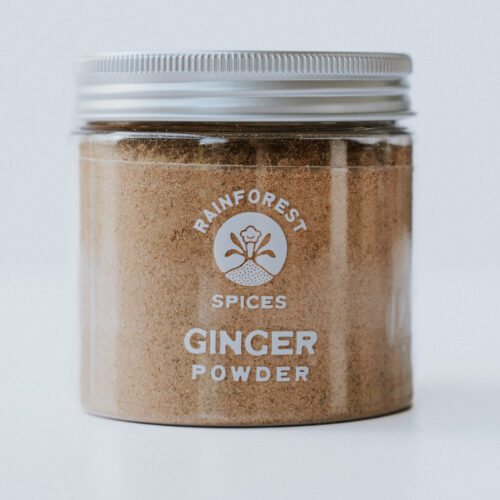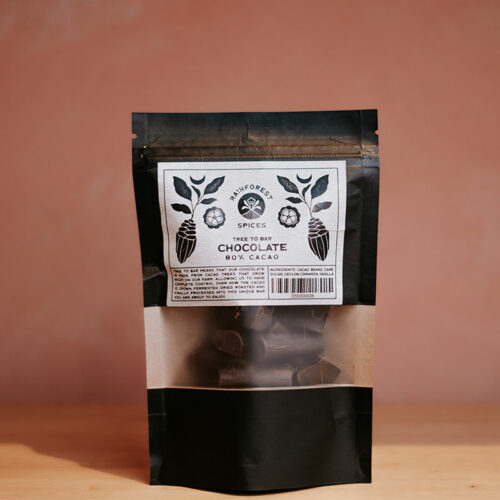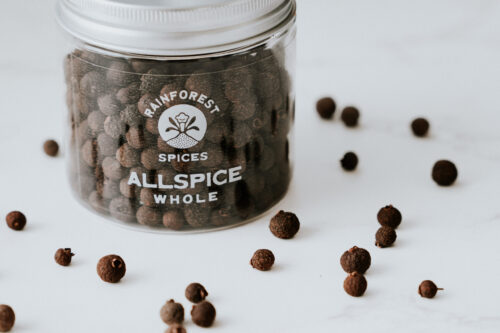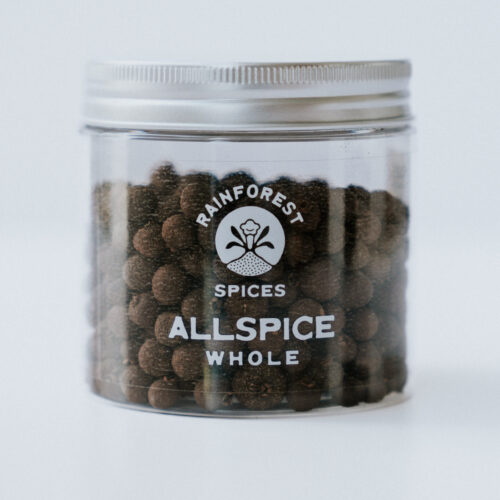-
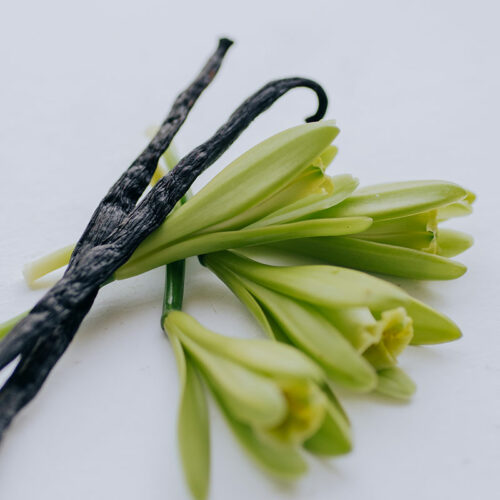
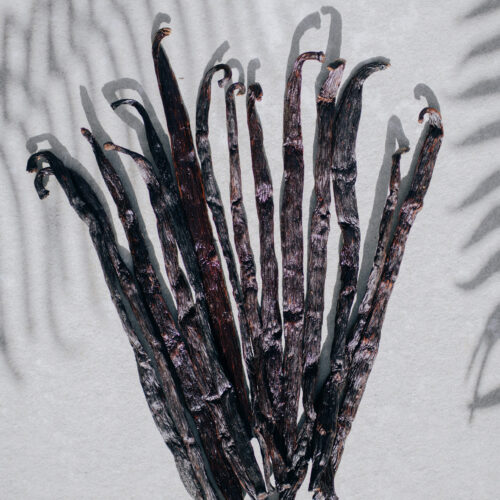 bourbon · cream · fig · sweet Accept no imitations! Just 1% of the world’s vanilla flavoring is real, the rest is imitation or fake vanilla flavor. Vanilla is the most popular flavor in the world, not only is it used in favorites like ice cream, candies, cakes, and cookies, but vanilla also enhances perception of sweetness and other flavors. These Planifolia hybrid vanilla pods add a touch of opulence to your desserts, pastries or homemade vanilla extract.
bourbon · cream · fig · sweet Accept no imitations! Just 1% of the world’s vanilla flavoring is real, the rest is imitation or fake vanilla flavor. Vanilla is the most popular flavor in the world, not only is it used in favorites like ice cream, candies, cakes, and cookies, but vanilla also enhances perception of sweetness and other flavors. These Planifolia hybrid vanilla pods add a touch of opulence to your desserts, pastries or homemade vanilla extract. -
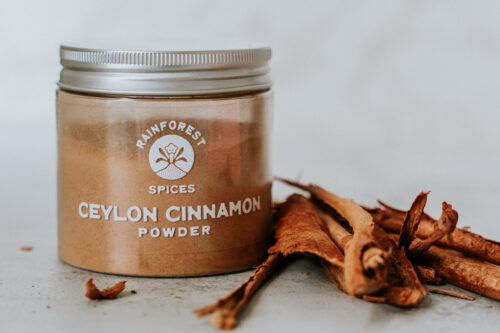
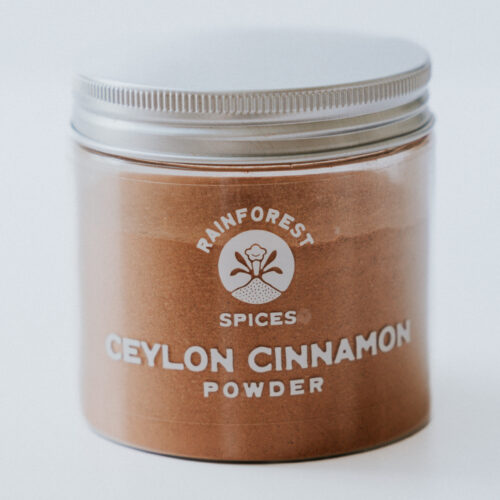 warming · sweet · floral · citrus Cinnamon is separated into two main categories: Cassia cinnamon and Ceylon cinnamon. While both are harvested in sheets found beneath the bark of trees belonging to the same scientific family, they produce distinctly different products. Ceylon cinnamon or true cinnamon is not strong in conventional cinnamon flavor, but is sweeter than Cassia cinnamon. For fine desserts, Ceylon cinnamon is an absolute must because of its subtle nature, mild aroma, and slightly sweeter taste. Ceylon cinnamon is better know in Asia as having the ability to lower blood sugar and help manage common diabetes complications, among other health benefits. Weight 65 g
warming · sweet · floral · citrus Cinnamon is separated into two main categories: Cassia cinnamon and Ceylon cinnamon. While both are harvested in sheets found beneath the bark of trees belonging to the same scientific family, they produce distinctly different products. Ceylon cinnamon or true cinnamon is not strong in conventional cinnamon flavor, but is sweeter than Cassia cinnamon. For fine desserts, Ceylon cinnamon is an absolute must because of its subtle nature, mild aroma, and slightly sweeter taste. Ceylon cinnamon is better know in Asia as having the ability to lower blood sugar and help manage common diabetes complications, among other health benefits. Weight 65 g -
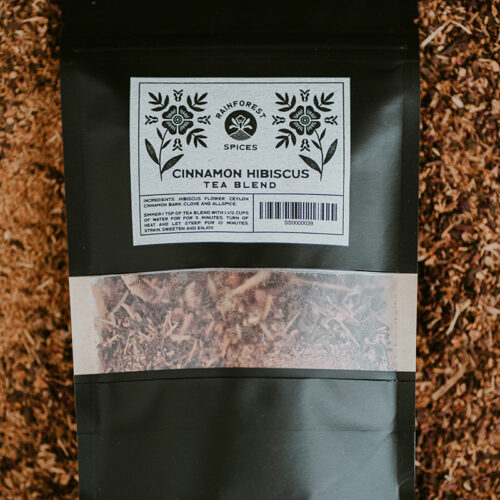
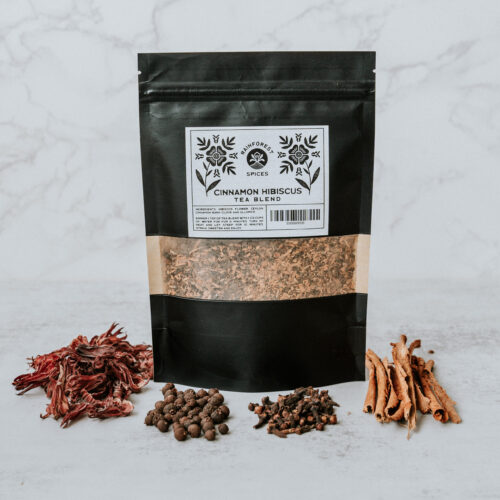 Hibiscus has impressive health benefits such as being very rich in vitamin C. Also, it has a calming effect on the entire digestive system, and it is good for mild anxiety. Ceylon cinnamon is a warming spice, which is perfect during the cold season. It is also known that cinnamon lowers blood sugar, so mixing it with the Hibiscus is a match made in spice heaven. Weight 100 g
Hibiscus has impressive health benefits such as being very rich in vitamin C. Also, it has a calming effect on the entire digestive system, and it is good for mild anxiety. Ceylon cinnamon is a warming spice, which is perfect during the cold season. It is also known that cinnamon lowers blood sugar, so mixing it with the Hibiscus is a match made in spice heaven. Weight 100 g -
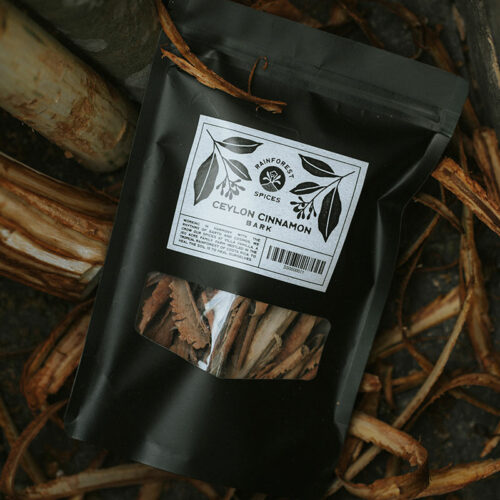
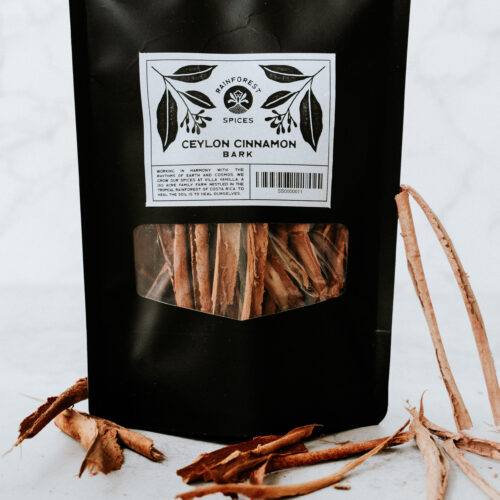 warming · sweet · floral · citrus Cinnamon is separated into two main categories: Cassia cinnamon and Ceylon cinnamon. While both are harvested in sheets found beneath the bark of trees belonging to the same scientific family, they produce distinctly different products. Ceylon cinnamon or true cinnamon is not strong in conventional cinnamon flavor, but is sweeter than Cassia cinnamon. For fine desserts, Ceylon cinnamon is an absolute must because of its subtle nature, mild aroma, and slightly sweeter taste. Ceylon cinnamon is better know in Asia as having the ability to lower blood sugar and help manage common diabetes complications, among other health benefits. Weight 65 g
warming · sweet · floral · citrus Cinnamon is separated into two main categories: Cassia cinnamon and Ceylon cinnamon. While both are harvested in sheets found beneath the bark of trees belonging to the same scientific family, they produce distinctly different products. Ceylon cinnamon or true cinnamon is not strong in conventional cinnamon flavor, but is sweeter than Cassia cinnamon. For fine desserts, Ceylon cinnamon is an absolute must because of its subtle nature, mild aroma, and slightly sweeter taste. Ceylon cinnamon is better know in Asia as having the ability to lower blood sugar and help manage common diabetes complications, among other health benefits. Weight 65 g -
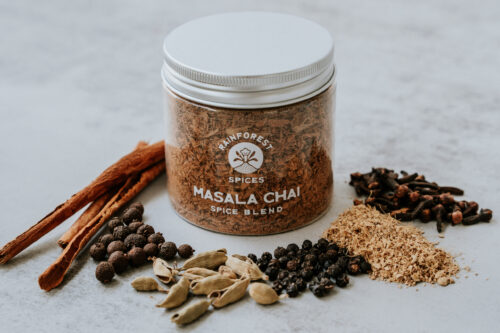
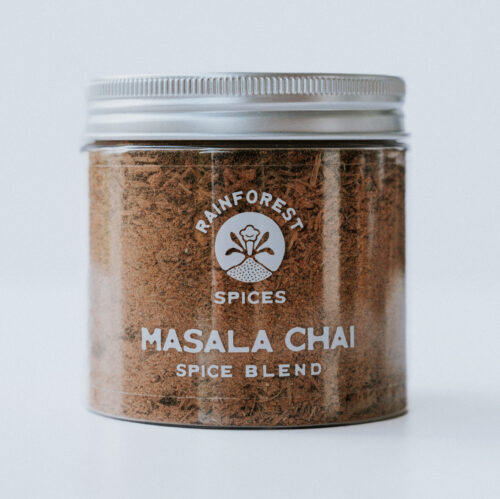 spicy · warming · cinnamon · clove In the west, chai has become known as a flavor of tea with predominantly cinnamon or cardamom notes blended with dairy or dairy substitute But in India, chai is not a flavor of tea; it is tea—chai literally translates to tea in Hindi, so when you are saying "chai tea," you are basically saying, "tea tea." Weight 65 g
spicy · warming · cinnamon · clove In the west, chai has become known as a flavor of tea with predominantly cinnamon or cardamom notes blended with dairy or dairy substitute But in India, chai is not a flavor of tea; it is tea—chai literally translates to tea in Hindi, so when you are saying "chai tea," you are basically saying, "tea tea." Weight 65 g -
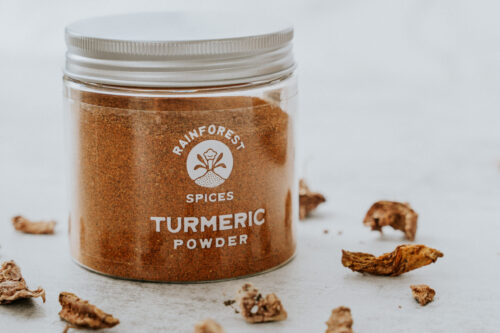
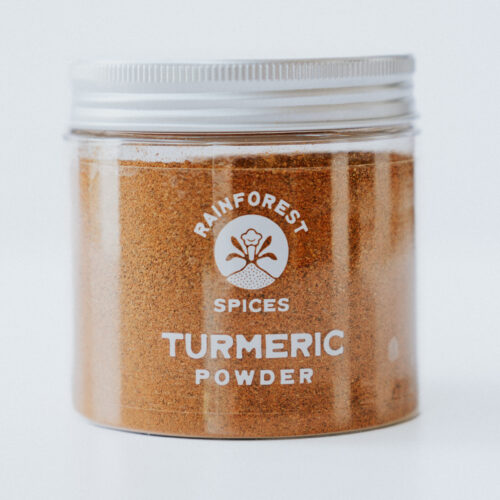 pepper · earthy · bitter · citrus A close cousin to ginger, turmeric is a rhizome plant native to Southeast Asia. Turmeric’s root-like underground stems have a pungent orange flesh that can be used either fresh or dried. Turmeric is very trendy as of lately but don’t forget to take your turmeric together with black pepper. Turmeric and black pepper each have health benefits, due to the compounds curcumin (turmeric) and piperine (black pepper). As piperine enhances curcumin absorption in the body by up to 2,000%, combining the spices magnifies their effects. This powerful mixture has been as staple remedy in Aryuveda (ancient Indian healing philosophy) for thousands of years to reduce inflammation and improve digestion. Weight 60 g
pepper · earthy · bitter · citrus A close cousin to ginger, turmeric is a rhizome plant native to Southeast Asia. Turmeric’s root-like underground stems have a pungent orange flesh that can be used either fresh or dried. Turmeric is very trendy as of lately but don’t forget to take your turmeric together with black pepper. Turmeric and black pepper each have health benefits, due to the compounds curcumin (turmeric) and piperine (black pepper). As piperine enhances curcumin absorption in the body by up to 2,000%, combining the spices magnifies their effects. This powerful mixture has been as staple remedy in Aryuveda (ancient Indian healing philosophy) for thousands of years to reduce inflammation and improve digestion. Weight 60 g -
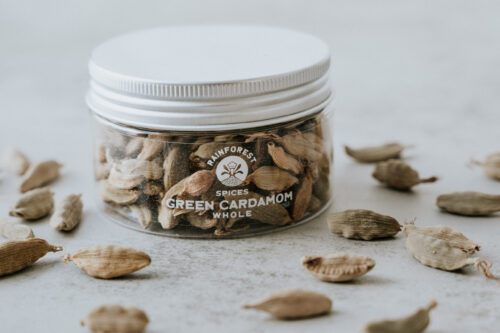
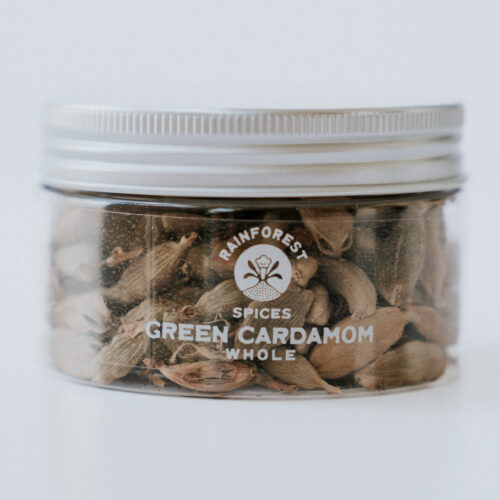 ginger · lavender · citrus · sweet · mint Cardamom is commonly referred to as the “Queen of Spices”. It belongs to the brother Zingiberaceae or ginger family. Cardamom's complex flavor is difficult to describe: part nostril-widening menthol, part dew-drenched flower, part honeyed syrup. There's nothing muted about cardamom, so when used in all but cautious amounts it will command whatever it's matched with. Used appropriately, it boosts sweet and savory dishes, adding layers of flavor that stay lingering in the palette for an entire meal. Weight 30 g
ginger · lavender · citrus · sweet · mint Cardamom is commonly referred to as the “Queen of Spices”. It belongs to the brother Zingiberaceae or ginger family. Cardamom's complex flavor is difficult to describe: part nostril-widening menthol, part dew-drenched flower, part honeyed syrup. There's nothing muted about cardamom, so when used in all but cautious amounts it will command whatever it's matched with. Used appropriately, it boosts sweet and savory dishes, adding layers of flavor that stay lingering in the palette for an entire meal. Weight 30 g
